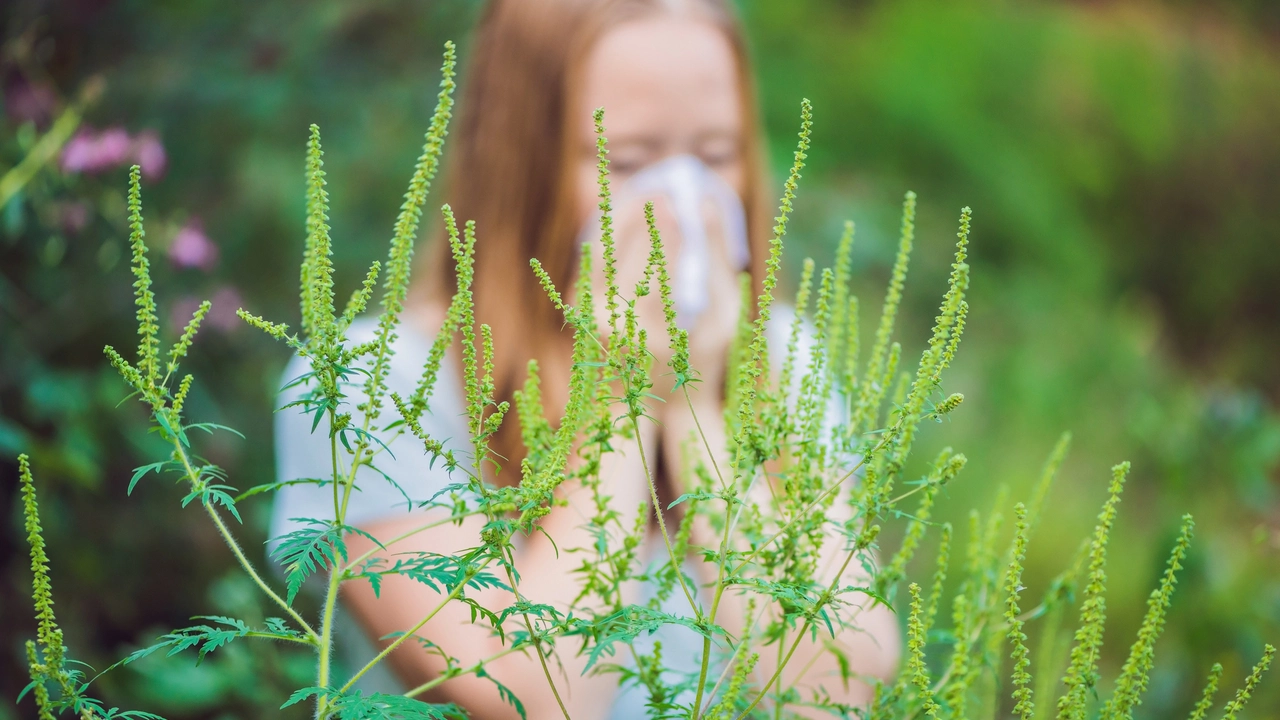Want plants that actually help you feel better? Plants can be small first-aid kits, flavor boosters, or mood lifters. Below I list practical, easy-to-grow options and tell you how to use them without fuss.
They save time and money: a pot of mint or basil can replace store-bought remedies for mild issues like upset stomach or stress. They brighten your space and improve air quality. And they’re simple to grow indoors or on a sunny windowsill.
Aloe vera — Best for burns and dry skin. Break a leaf, squeeze the gel, and apply directly. Keep it in bright light, water sparingly, and trim old leaves. Store gel in the fridge for up to a week.
Peppermint — Great for digestion and headaches. Brew a quick tea with fresh leaves or inhale steam with crushed leaves for a sinus perk-up. Peppermint spreads fast, so keep it in a pot and trim regularly.
Ginger — Works for nausea and inflammation. Grow in a wide pot from a grocery root; plant the knobby piece just under soil and keep it warm. Use thin slices in tea, cooking, or homemade syrup.
Turmeric — Anti-inflammatory and useful in cooking. It needs warmth and bright light. Harvest the rhizome, slice or dry it, and add to meals or blend into golden milk.
Garlic — Antimicrobial and a kitchen staple. Plant cloves in a pot with good drainage. Freshly crushed garlic can be used in meals or, rarely, as a topical paste for minor skin infections—only after checking for irritation.
Basil — Calms stress and aids digestion. Tear fresh leaves into food or brew a soothing tea. Pinch tips often to keep plants bushy and productive.
Scarlet Pimpernel — A less-known herb with classic folk uses for diet and nourishment. It’s small and easy to grow in garden beds; try it as an occasional salad garnish or brewed lightly for flavor. If you’re experimenting, start with small amounts and watch for reactions.
Quick care tips: most medicinal herbs like bright light, good drainage, and regular trimming to encourage growth. Use potting mix with compost, avoid overwatering, and rotate plants so all sides get sun.
Safety note: herbs can interact with prescription meds and cause allergies. If you take medication or have a health condition, ask your doctor before using plants as remedies. For children and pets, research toxicity—some common herbs can be harmful if swallowed in large amounts.
Want a starter kit? Pick two plants you’ll use every week—mint for drinks and aloe for skin—then add one culinary herb. That combo gives quick wins and keeps care simple. Small steps make plants part of a healthier routine without extra hassle.

Hey there, green thumbs! In the wild world of gardening, there's a super squad of plants that not only add splash and spark to your backyard, but they also kick those pesky seasonal allergies to the curb! Meet the low-pollen, high-appeal gang: hydrangeas, clematis, and begonias! These allergy-friendly powerhouses chuckle at the face of sneezes and itchy eyes, and they're also a spectacle to behold. So, if you're a fan of clear sinuses and stellar gardens, these plants are your new best buds - literally!